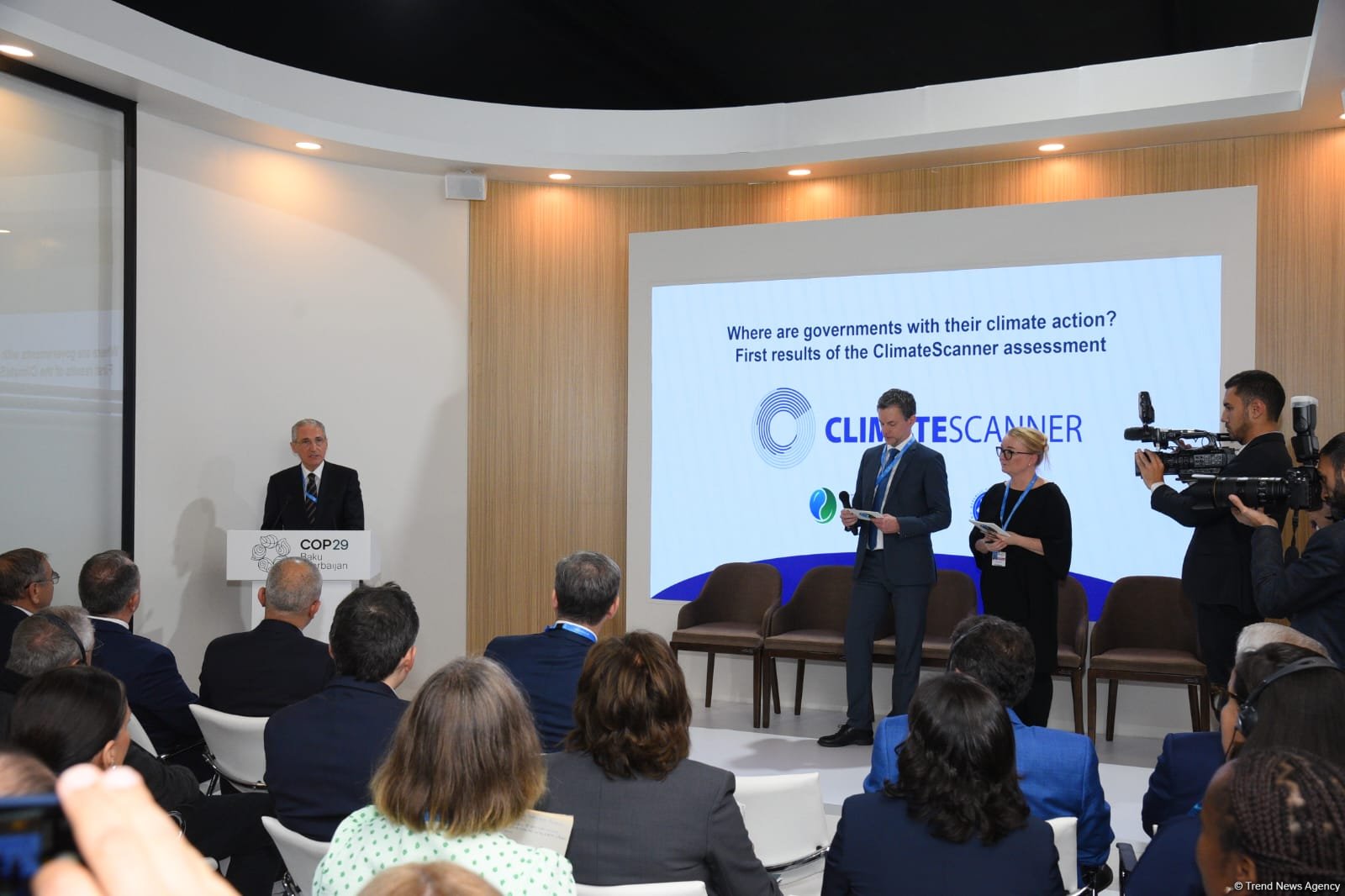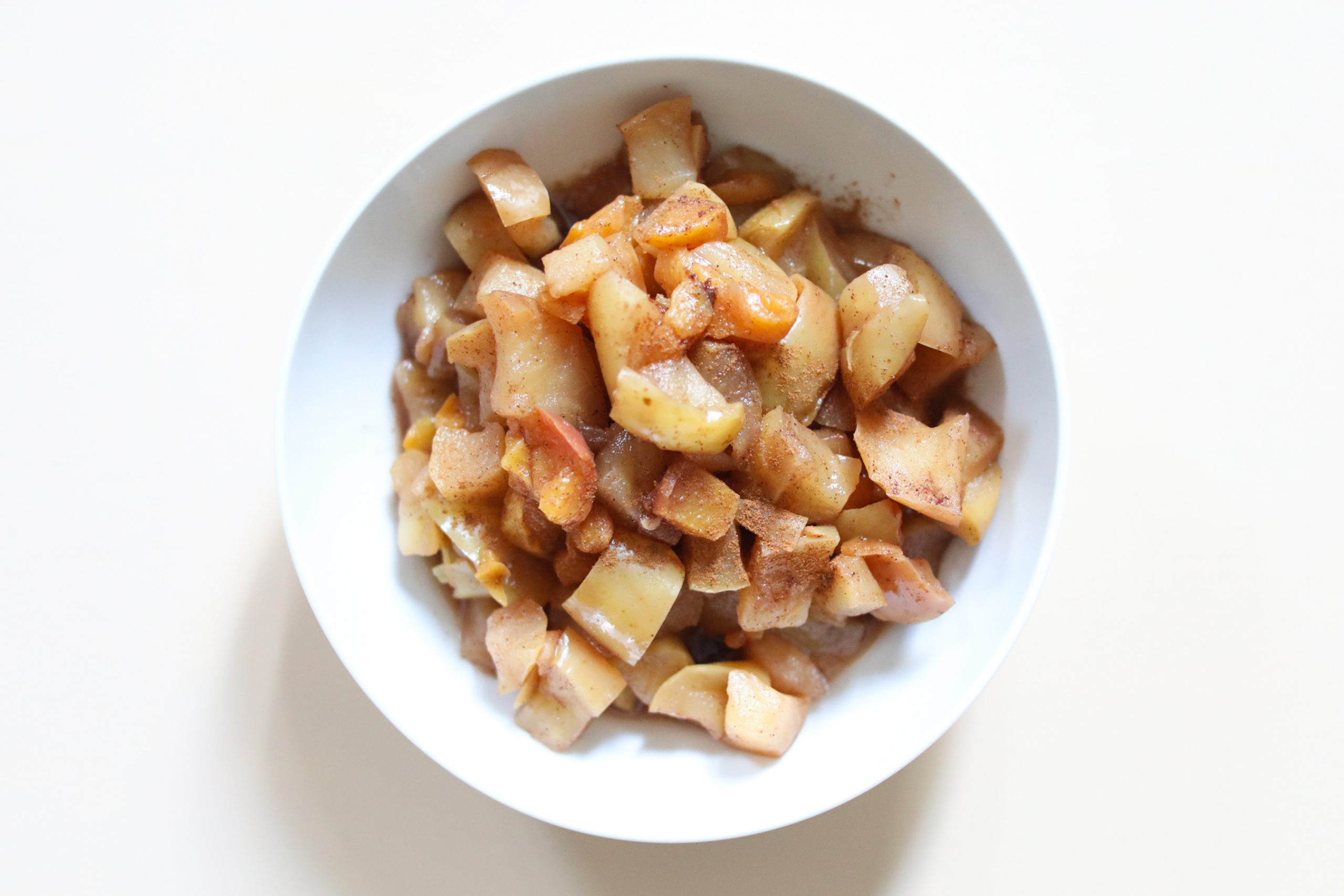Animals all over the world now live at night under skies that suffer from light pollution caused by excessive use of artificial light, TPS reported. Because of the lighting in urban areas at night, the stars that migrating birds rely on for navigation cannot be seen. This attracts animals to dangerous places and disrupts their sleep patterns. But new Israeli research finds that this phenomenon actually kills animals.
The Tel Aviv University Faculty of Zoology study examined the effects of prolonged, low-intensity light pollution on two species of desert rodents — the golden spiny mouse, which is active during the day and sleeps at night, and the nocturnal common spiny mouse, which sleeps during the day.
“The average lifespan of spiny mice is 4-5 years, and our original plan was to observe the effects of artificial light at night on their colonies, measuring the effect on their reproduction, welfare and lifespan. But the dramatic results thwarted our plans.” , says study leader Prof. Dr. Noga Kronfeld-Shor, who is chief scientific advisor to Israel’s Ministry of Environmental Protection.
“In two separate cases, in two different enclosures, all the animals that were exposed to white light died within a few days. We had not noticed any preliminary signs, but the autopsies at the Faculty of Medicine of Tel Aviv University and at the Veterinary Institute” Kimron” in Beit Dagan did not show any abnormalities in the carcasses of the spiny mice,” explained Prof. Kronfeld-Shor.
“We hypothesize that exposure to artificial light at night weakened the animals’ immune response, leaving them defenseless against some unidentified pathogen. No such unusually high mortality was recorded in any of the other enclosures, and to our knowledge no similar event has been documented so far by researchers,” she said.
The findings were recently published in the London edition of Scientific Reports.
“In most species studied so far, including humans, the biological clock is synchronized by light. This mechanism has evolved over millions of years as a result of the diurnal and annual cycles of sunlight – day and night and their different durations that correspond of the changing seasons,” explained Hagar Vardi-Naim, a PhD student at Tel Aviv University and one of the study’s leaders.
“Different species have evolved activity patterns that correspond to these changes in light intensity and day length, and have evolved anatomical, physiological, and behavioral adaptations suitable for diurnal or nocturnal activity and seasonality. However, in recent decades, humans have changed the rules by the invention and widespread use of artificial light, which leads to light pollution,” she adds.
Equal numbers of male and female spiny mice out of a total of 96 specimens were housed in eight outdoor enclosures. The enclosures stimulated natural living conditions: all animals were exposed to natural environmental conditions, including the natural light/dark cycle, ambient temperature, humidity and rainfall. Each enclosure contained shelters and access to sufficient food.
For 10 months, the experimental enclosures were exposed to artificial light of low intensity at night, similar to that from street lamps in urban areas. Some of the rodents were exposed to cold white light, others to warmer yellow-white light, others to blue light, and the rest were left in the dark as a control group. Animals were observed for changes in behavior and physical condition.
The experiment was repeated the following year.
The researchers found that light pollution also affected the rodents’ ability to reproduce.
“In the wild, both species of spiny mice breed mainly in the summer, when temperatures are high and newborns have the best chance of survival. However, artificial light seems to confuse the animals,” says Vardi-Naim.
“Common spiny mice began to breed year-round, but gave birth to a smaller number of young per year. The prediction is that winter-born young would not survive in the wild, which would further reduce the reproductive success of this species,” she explained.
Vardi-Naim added that reproduction in golden spiny mice was affected differently. “Colonies exposed to artificial light at night continued to reproduce during the summer, but the number of young was halved compared to the control group, which continued to develop and reproduce normally.”
Vardi-Naim noted that according to recent studies, about 80 percent of the world’s population is exposed to artificial light at night, and the area affected by light pollution is growing annually by between two and six percent. “In a small and overpopulated country like Israel, very few places remain unaffected by light pollution,” concluded Vardi-Naim.
Illustrative Photo by Alexas Fotos: https://www.pexels.com/photo/brown-and-white-mice-2280794/




















Discussion about this post